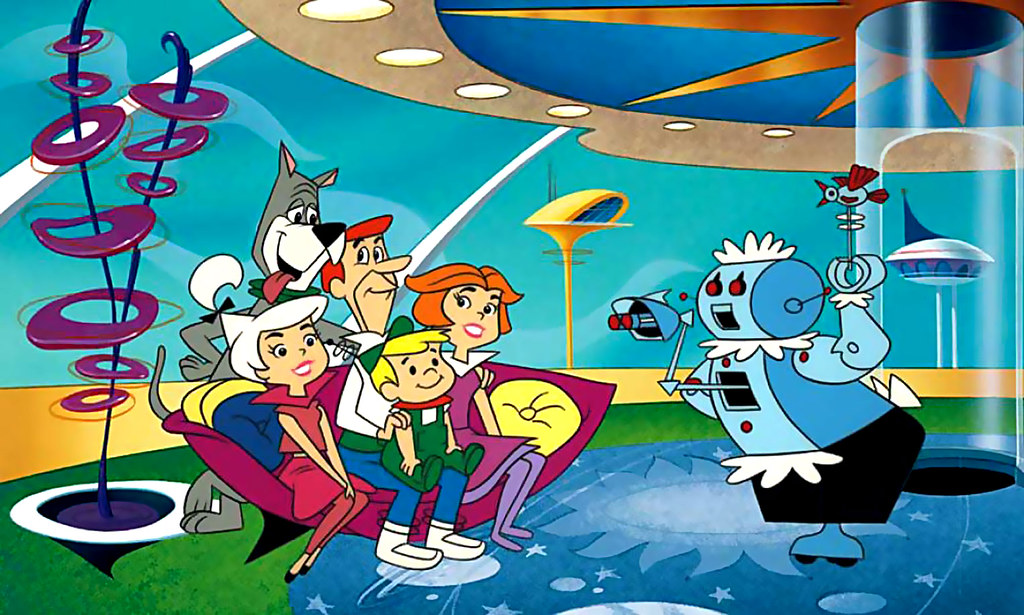The origins of the chatbot
The proliferation of chatbots over the last decade may give the impression that they are only a product of the internet. In truth, though, the roots go all the way back to 1966 when Joseph Weizenbaum a German computer scientist and Professor at Massachusetts Institute of Technology developed a program he called ELIZA.
The all caps make it look like an acronym, but ELIZA doesn’t stand for anything. Instead, as explained in the original Stanford article about it: “Its name was chosen to emphasize that it may be incrementally improved by its users, since its language abilities may be continually improved by a ‘teacher.’”
The reference there was to the character of Eliza in George Bernard Shaw’s Pygmalion (more likely recognized by people today as the character in the musical version My Fair Lady). Eliza was hoping to convince others that she was something she was not -- a well-bred lady. Likewise, the program was designed to come across as a human therapist and convince users “that they were having a conversation with a real human being.”
While ELIZA definitely counts as the first chatterbot, the term was only born decades later. In 1994
Michael Maudlin invented a program he named Julia and called the function of a chattering robot “ChatterBot,” and the term soon got shortened to chatbot.
Chatbots now
While users enjoyed their conversations with those early chatbots, most of us would not mistake them for actual people. But today’s chatbots are a different story.
They’re able to carry on much more natural-sounding conversations thanks to the application of machine learning, artificial intelligence , and natural language processing. Adding in ML and AI enables them to learn by identifying data patterns and then to apply their knowledge to answer questions and carry out tasks without any human intervention.
Their greater functionality translates into far more use by businesses and their customers. Today businesses use bots for a range of communication needs, ranging from customer service to product suggestion, scheduling, and various forms of marketing designed to engage the audience.
But the biggest area of growth for chatbots may be in sales. In Chatbots: Vendor Opportunities & Market Forecasts 2020-2024, Juniper Research anticipates consumer retail spend over chatbots will hit $142 billion by 2024, quite a jump from the $2.8 billion we had in 2019.
Juniper also predicts that by 2024 more than half of retail chatbot interactions will go through automatically and that “80% of global consumer spend over chatbots will be attributable to discrete chatbots” that are used through a mobile app rather than a browser.
On that basis, the report “urges retailers to implement chatbots as part of a wider omnichannel retail strategy in order to maximise their presence on a number of key retail channels.”
Read more in Choose Your Chatbot Wisely














